Bringing a puppy into your life is exciting – and, let’s be honest, a little overwhelming! Puppies aren’t just “mini dogs.” They’re developing animals with very different physical, emotional, and intellectual needs compared to adults.
Just like children, they’re in a critical learning stage where every experience shapes who they’ll become. That’s why early training isn’t only about teaching manners – it’s about building confidence, resilience, and trust.
By focusing on foundation skills like puppy toilet training, crate training, leash training, and learning how to stop puppy biting, you’re giving your pup the tools to grow into a calm, adaptable, and well-mannered adult dog.
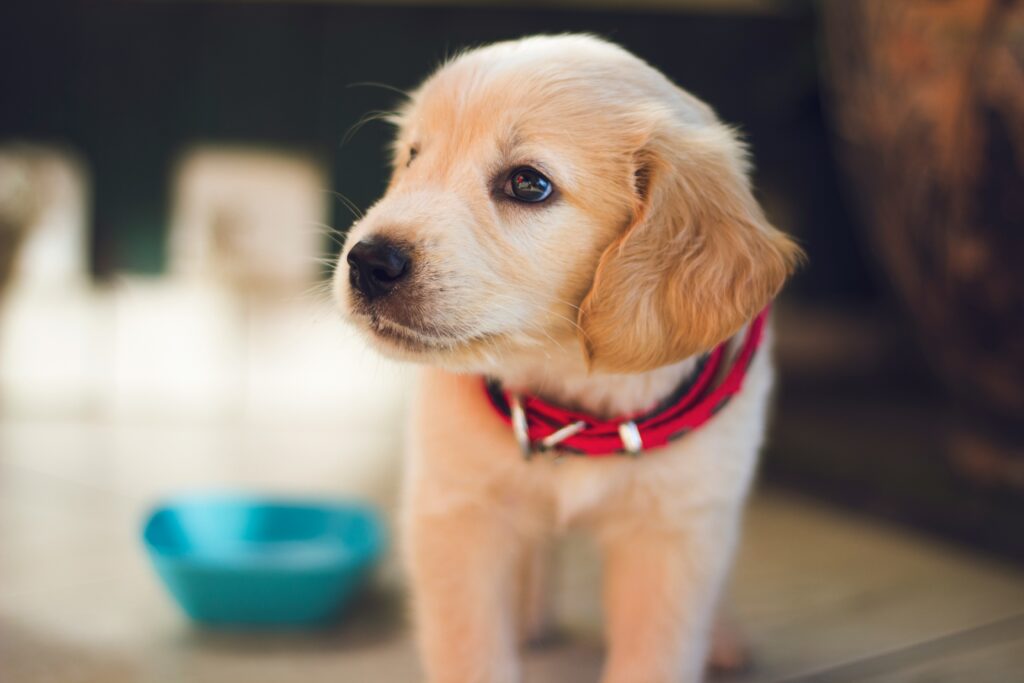
One of the first challenges new puppy parents face is puppy toilet training. Puppies have tiny bladders and very little control at first, so accidents are completely normal.
✨ Top tip: A good routine is the secret to success. Take your puppy outside:
Use the same toilet spot each time and reward your pup immediately after they go. Timing is everything.
Patience is vital. Punishing accidents will only confuse your pup and knock their confidence. Instead, celebrate the wins. Every successful toilet trip builds understanding, trust, and resilience. And accept accidents will happen, and these are not your puppy being naughty. If you catch your puppy in the middle of an accident, quickly take them outside. They may not need to go any more, but this reinforces consistency of going outside, not inside, in that moment without punishment.

Crate training a puppy isn’t about “locking them up” as many new owners seem to view the crate as a cage. it’s about creating a safe, cosy den where they can relax. Dogs are naturally inclined to rest in small spaces, and when introduced properly, crates become a positive tool.
Start slowly by leaving the crate door open and letting your puppy explore with treats and toys. Never use the crate as punishment. Instead, think of it as:
Crate training also teaches independence and self-control, helping to prevent separation anxiety later in life. It sets your pup up to adapt calmly to future changes moving house, kennelling, car or plane travel, without stress.
Crate training is the absolute best thing you can do for your dog and your family.
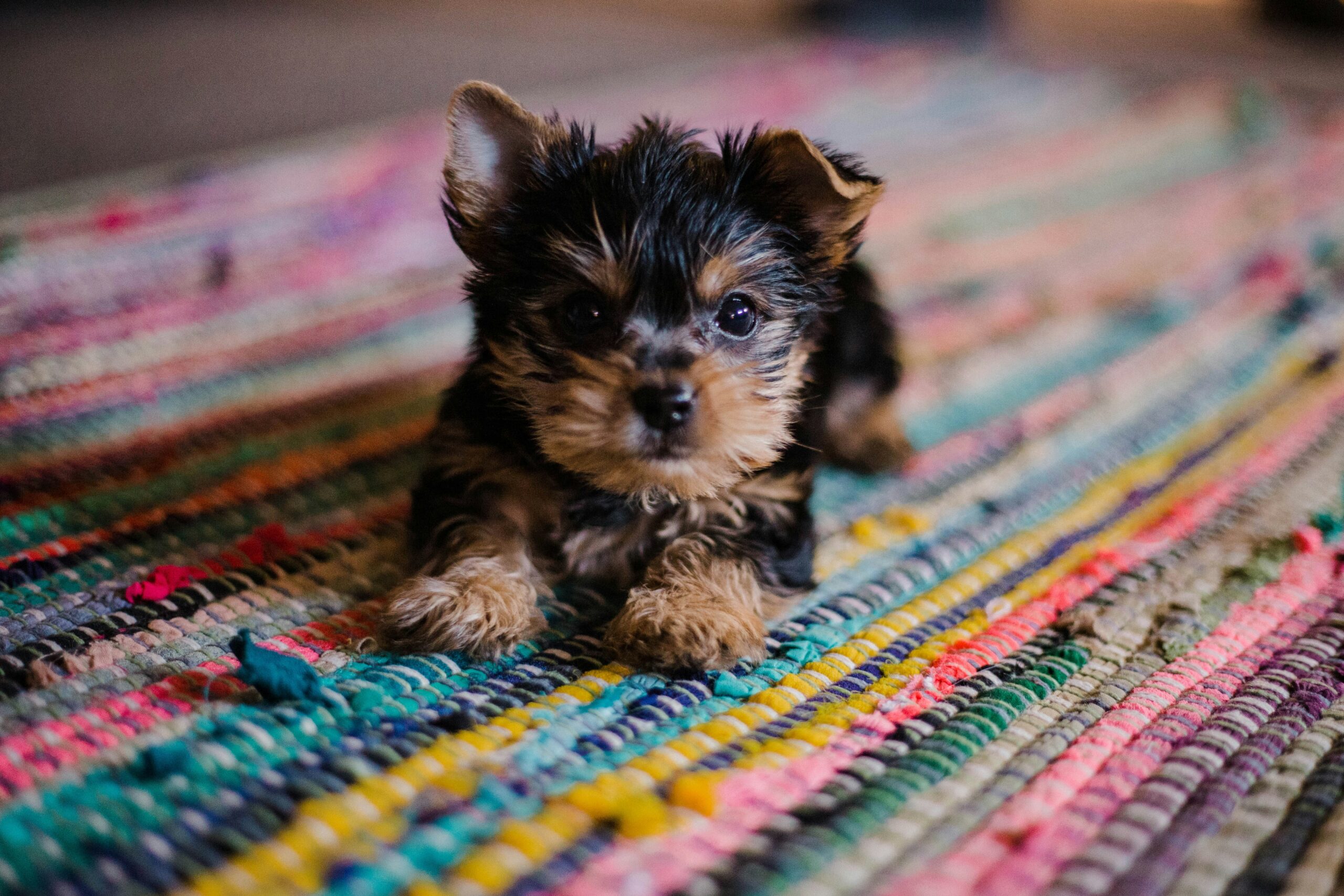
Puppy leash training is one of the most valuable skills you can teach early on – but it’s also one that many owners tend to overcomplicate with unrealistic expectations. We can’t expect our puppy to “heel” perfectly, just like we wouldn’t expect a two-year-old child to skip rope.
👉 At this stage, don’t stress about a “perfect heel.” Your pup can walk slightly ahead, beside, or behind just avoid pulling into the lead. If they do pull, stop walking and wait until they return to you.
Start with short, fun training sessions (around 10 minutes) indoors or in the backyard using a lightweight lead. Reward your puppy for staying close and following your movement. Keep expectations low, communication consistent, and sessions fun and light-hearted.
Out in the big, busy world, don’t expect the same focus. Let your pup be inquisitive and take in their surroundings this helps build trust, confidence, and resilience. Remember, leash walking is the easy part. Rebuilding trust after over expectations and miscommunication is much harder.
We recommend starting with a harness until around 7 months old, then checking in with your trainer about whether tools like slip leads or Halti headcollars might help with progression.
And finally, don’t forget: puppies’ joints are still developing. Avoid long or strenuous walks, and instead keep sessions short, positive, and focused on building happy leash habits that will last a lifetime.
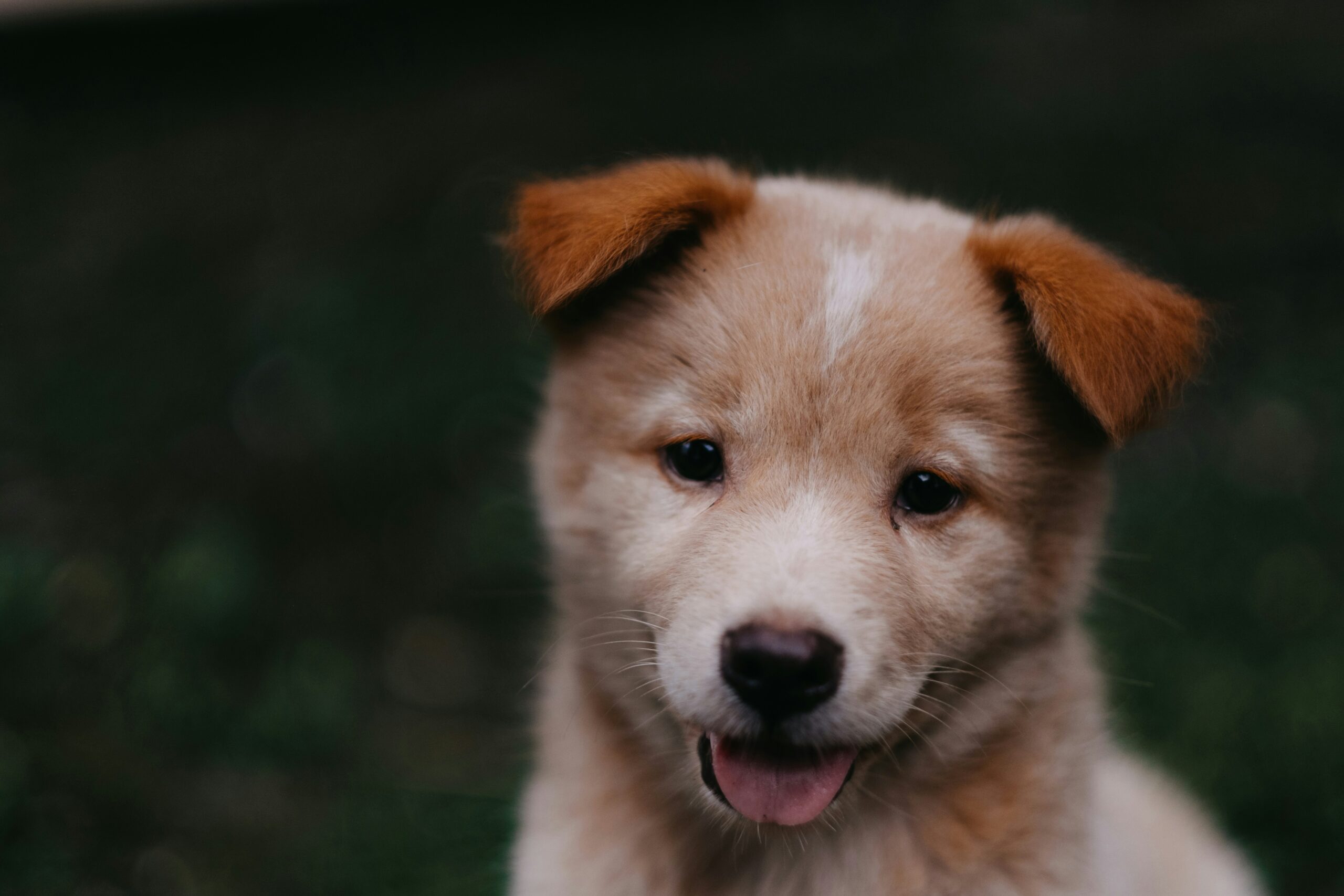
Puppy biting and nipping are normal it’s how they explore the world. But left unaddressed, it can become a habit.
Instead of punishment, focus on redirection:
Consistency is key. Over time, your puppy learns that gentle play keeps the fun going, while rough mouthing ends it.
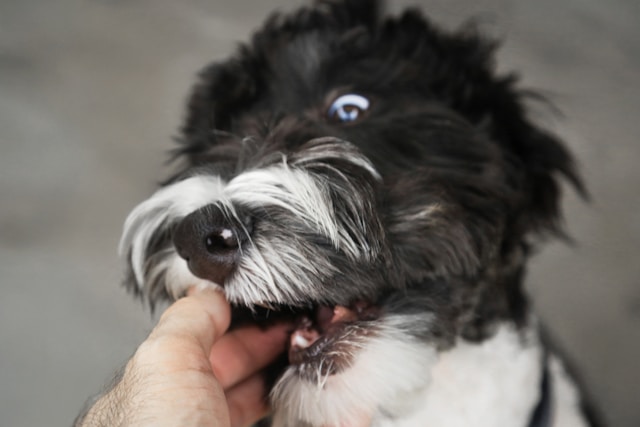
Training a puppy is different from training an adult dog because puppies are:
Intellectually curious – soaking up every new experience and forming habits quickly.
Early training is about much more than manners – it’s about shaping a resilient, well-adjusted dog for life.
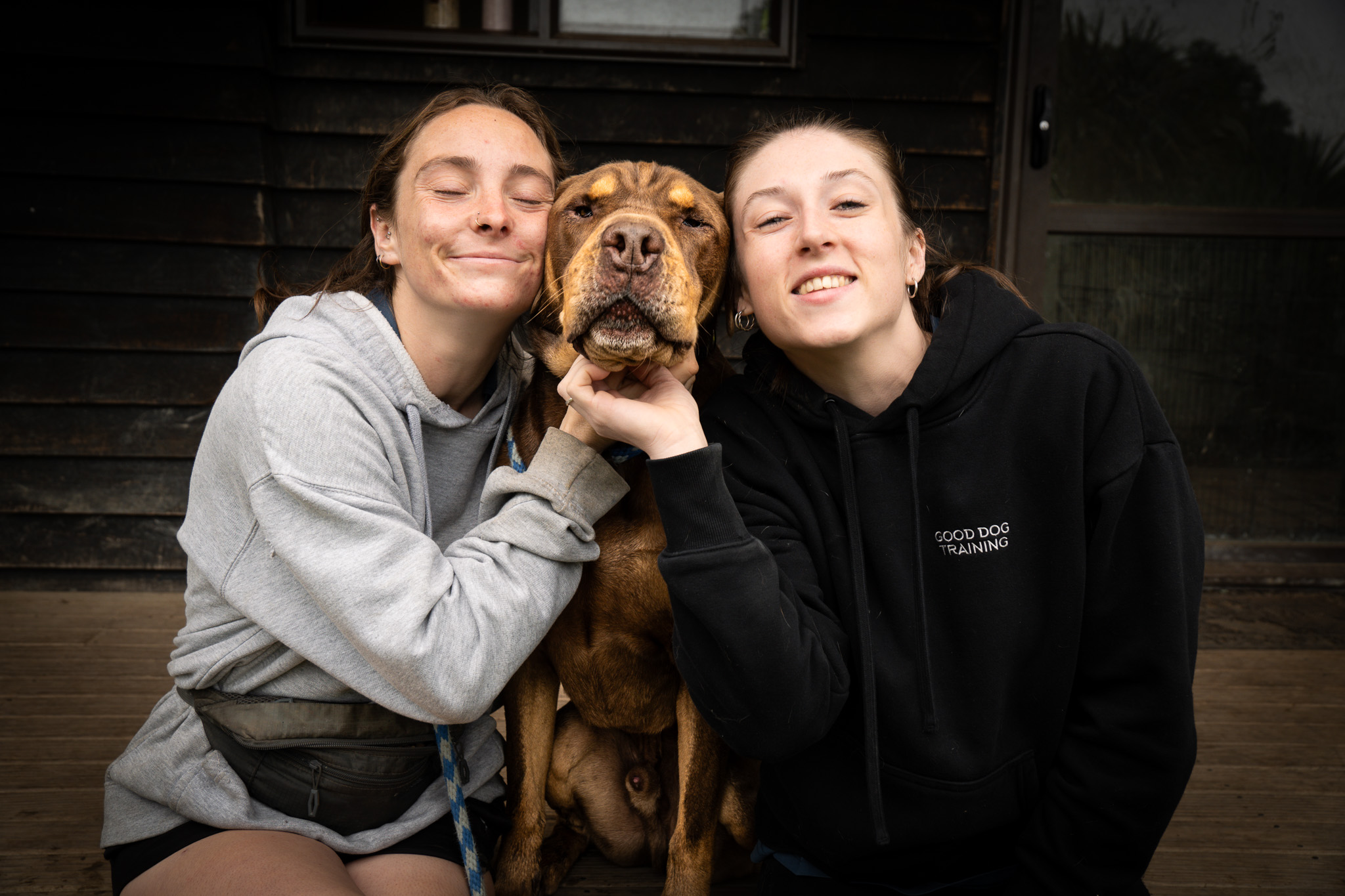
At Good Dog Training NZ, we specialise in setting puppies up for success:
🐾 Puppy Training (Under 4 Months) – $99
A 1-hour session to build early confidence, socialisation, and foundation skills.
🐾 Puppy Starter Package – $197
🐾 Daycare Options
A safe, supervised space for your puppy to socialise and burn energy with other pups.
Give Your Puppy the Best Start
Puppyhood is a once-in-a-lifetime opportunity to guide your dog into becoming a happy, well-mannered adult. With the right focus on toilet training, crate training, leash manners, and nipping control, you’ll prevent common problems and strengthen your bond for life.
👉 Ready to get started? Check out our Puppy Training Packages – we’d love to help you and your furry mate get off to the best start or hit the “BOOK NOW” button below and we will get back to you.